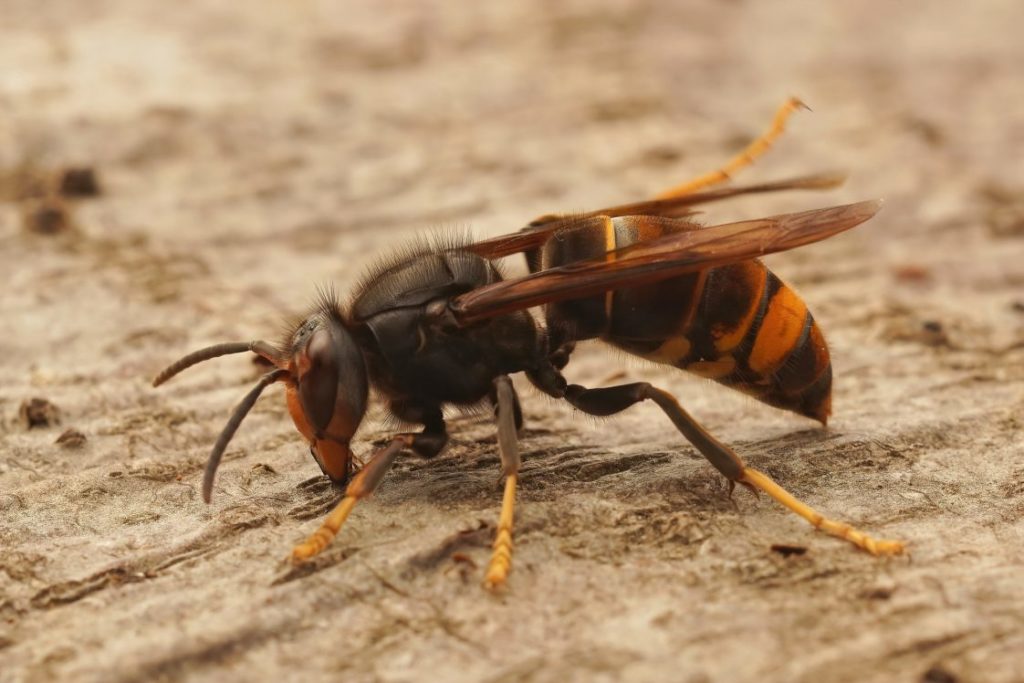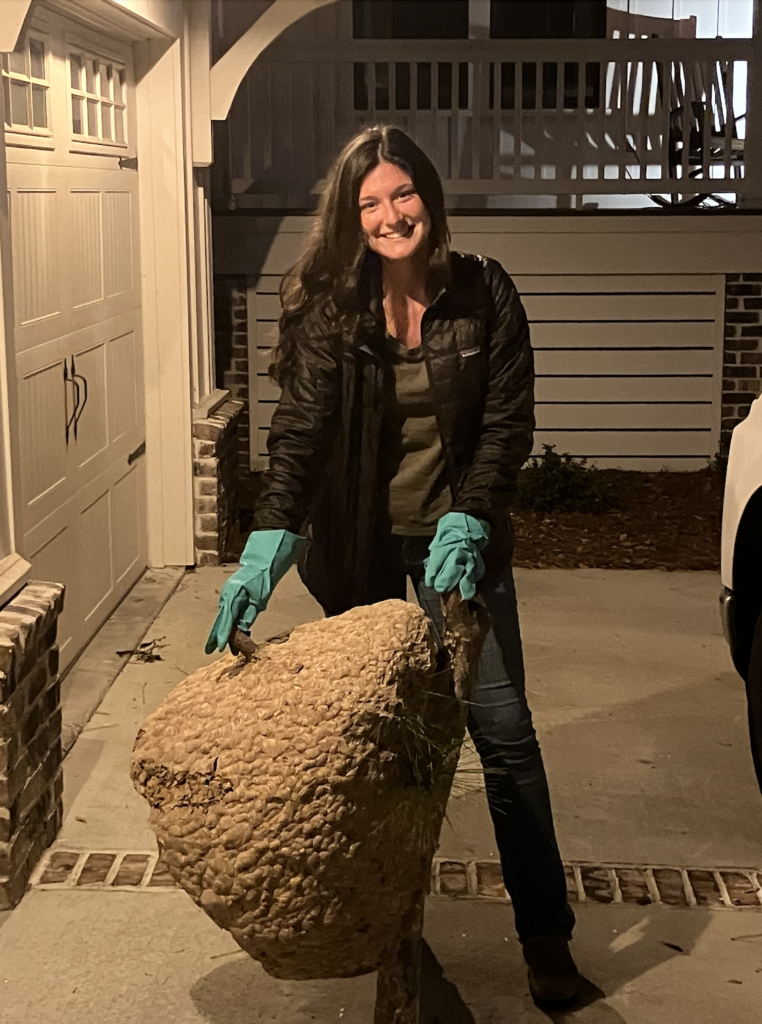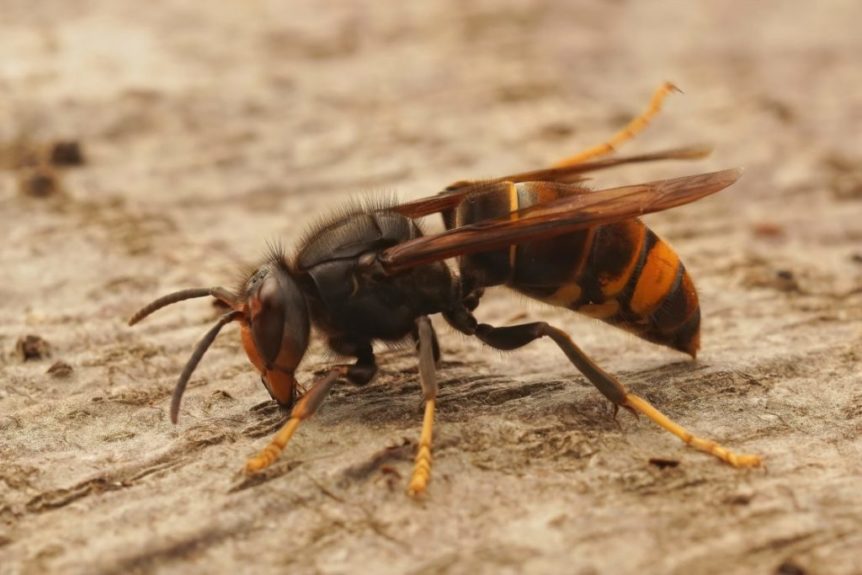
According to the Georgia Department of Agriculture (GDA), the yellow-legged hornet (Vespa velutina) is a native to tropical and subtropical areas of Southeast Asia. The pest is generally smaller than the northern giant hornet (NGH). Worker hornets can be around half the size of an NGH, and queens can be around ¾ the size.
The legs are partially or primarily yellow, hence the common name “yellow-legged hornet.” The body and head coloration can vary. This hornet is a social wasp species that constructs egg-shaped paper nests above the ground, often in trees. These nests can become large, housing an average of 6,000 workers. The yellow-legged hornet feeds on a variety of insects.
Where Is It?

In August 2023, the GDA, in coordination with the U.S. Department of Agriculture Animal and Plant Health Inspection Service (USDA APHIS) and the University of Georgia, confirmed the presence of a yellow-legged hornet near Savannah, Georgia. This is the first time a live specimen of this species has been detected in the open United States. Since the initial find in August, the GDA has found and destroyed a total of five nests (as of press time), and more specimens have been collected in the Savannah area. Surrounding states are on alert for the new pest.
Why Is It Important?
The yellow-legged hornet poses a threat to honeybees and other pollinators, which play a significant role in Georgia’s agriculture industry. When the hornets find a beehive or apiary, they occupy a position above the beehive as a hunting territory. If allowed to establish in the United States, this invasive species could threaten honey production and specialty crops reliant on pollinators.
What Should You Do?
The GDA is encouraging growers and citizens to be on the lookout for the pest and report sightings. If you believe you have seen a yellow-legged hornet in your area or have questions, contact yellow.legged.hornet@agr.georgia.gov. If it is safe to do so, submit a picture and other details about any suspected sightings of the yellow-legged hornet. Photographs allow the GDA to verify the identification, which is important since some native wasps can look very similar. If you are unsure about your specimen, send a picture anyway.
“While each nest located and destroyed represents a win for our state and our agriculture industry, we will continue to work overtime to achieve our goal of full eradication,” said Georgia Agriculture Commissioner Tyler Harper. “We continue to ask for the public’s help in this fight.”










